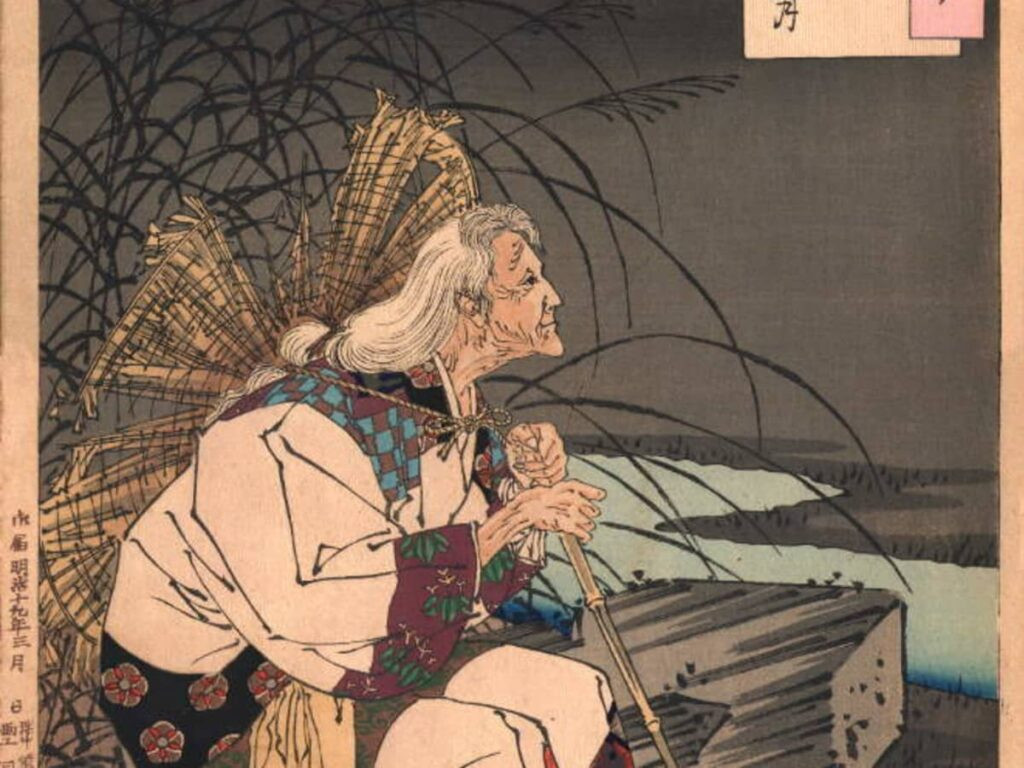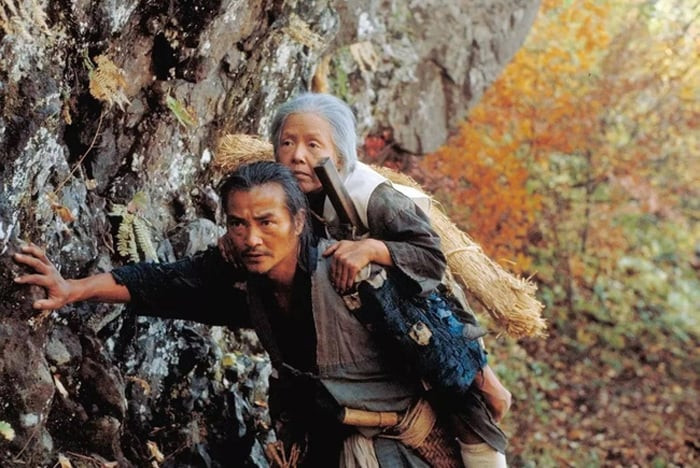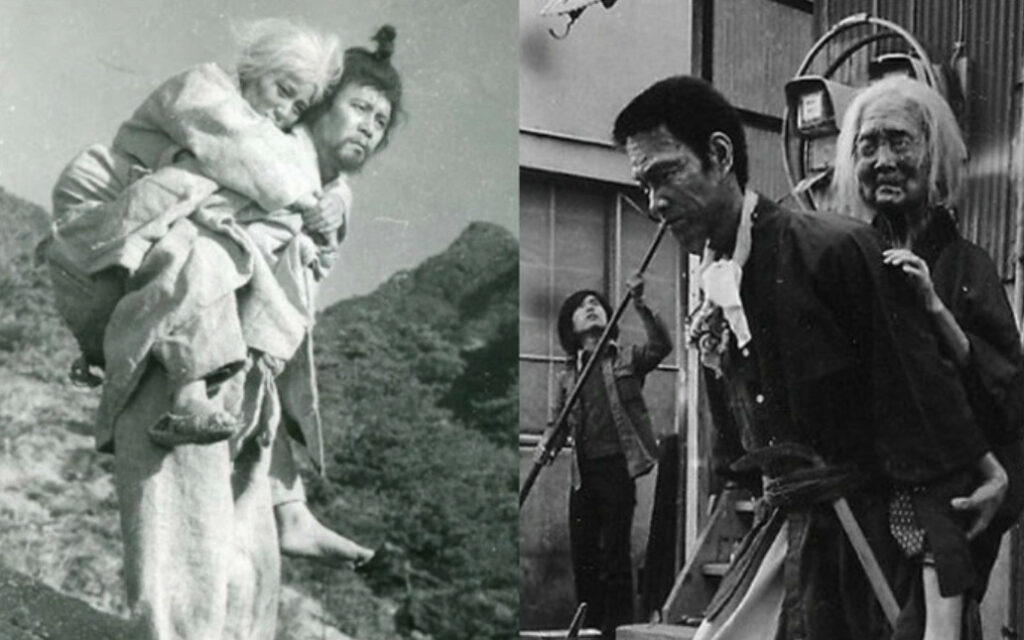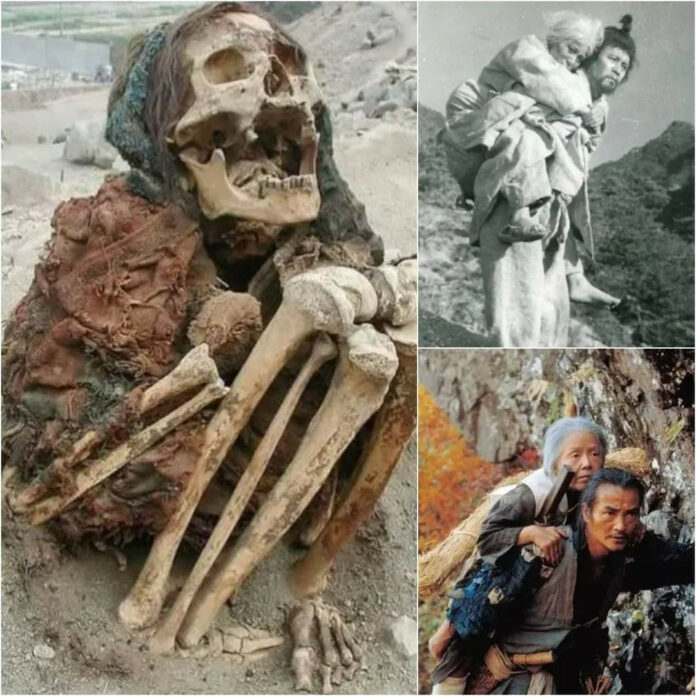A Tradition Born from Desperation

In the annals of Japanese history, few practices are as haunting as Ubasute. This ancient custom, shrouded in mystery, involved abandoning elderly mothers in remote locations to face a solitary death. While its origins remain speculative, one theory links its emergence to the Great Teimei Famine of 1783, triggered by Mount Asama’s eruption. As crops failed and famine spread, communities faced the grim necessity of population reduction, leading to the heart-wrenching decision to abandon those deemed least able to contribute.
The Legend of Ubasuteyama
A Mother’s Enduring Love

Among the tales surrounding this practice, none is more poignant than that of Ubasuteyama, or “Abandonment Mountain.” It tells of a son tasked with carrying his elderly mother up a mountain to leave her behind. As they climbed, the mother, aware of her fate, broke branches along the path. When questioned, she explained she was marking the way to ensure her son’s safe return – a final act of maternal love that moved the son to defy tradition and carry her back home.
Reflections on an Ethical Dilemma

Ubasute forces us to confront uncomfortable questions about aging, caregiving, and the value of human life. While easily condemned by modern standards, it’s crucial to consider the historical context of extreme hardship that gave rise to such practices. This tradition challenges us to examine our own societal attitudes towards the elderly and the lengths we might go to in times of crisis.
The Legacy of Ubasute

Today, Ubasute serves as a stark reminder of our ancestors’ struggles and the evolution of societal norms. It prompts crucial discussions about compassion, family bonds, and the dignity of aging. By exploring this controversial chapter of history, we’re encouraged to reflect on our own responsibilities towards the elderly and the enduring power of familial love, even in the face of unimaginable hardship.

